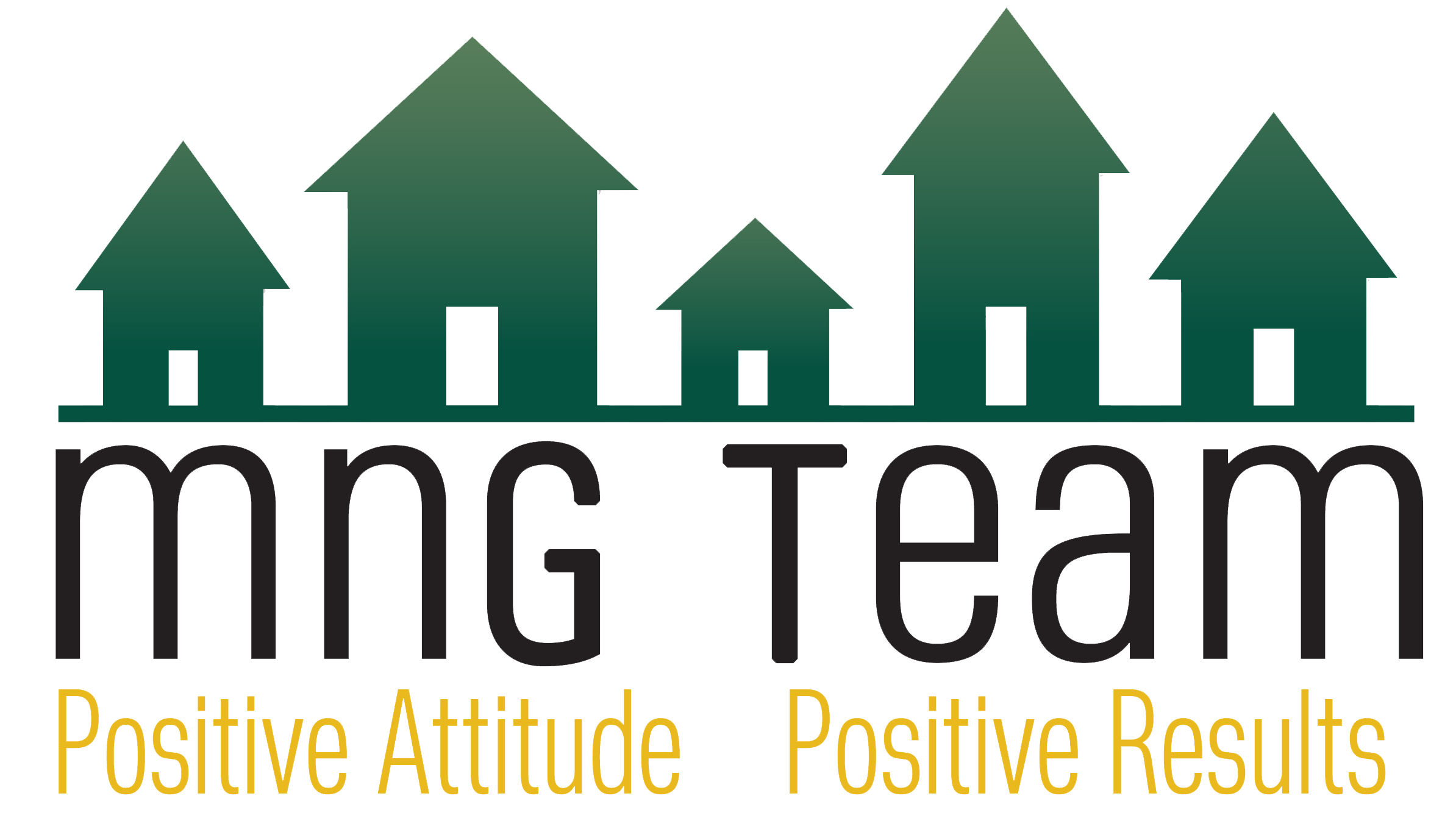The Canadian Housing Market Is Split. Here’s Why.
The real estate market continues to make national headlines, but why is it that our local experience is often different than what we’re reading about online? If you’ve had any confusion about the real estate market in the last year, you’re not alone. Many people have, and it's because Canada is currently in what’s called a bifurcated market, or a split market.
What does that mean? Here's a breakdown.
What is a bifurcated market?
In the context of real estate, a bifurcated market refers to a situation where the housing market is divided into two distinct segments, each behaving differently in terms of pricing, supply and demand, and activity. While one segment may be experiencing rapid price growth and high demand, the other may be slower, with more stable or even declining prices.
How did we get here?
Beginning in 2020, markets across the country saw home prices rising faster than they did during the housing bubble of 2005 to 2007. This was due in part to record-low interest rates making mortgages more affordable everywhere—but the home price jump wasn’t distributed evenly across the nation. In some markets, values spiked more than 50%, while in others, prices rose modestly or didn’t rise at all.
The accelerated price growth of some markets over others has to do with the rapid increase in demand. Many people purchased new homes during COVID-19, fulfilling changing needs, locking in an ultra-low interest rate, and—most importantly—relocating. Many people took advantage of remote work to relocate from an expensive area to a city where they could afford to buy, while others relocated to change jobs or be near family. This led to an exodus from expensive urban centers and caused demand and prices to spike in places previously thought of as affordable.
The battle between mortgage rates and inflation
In 2022, the economy was moving at such a fast pace that inflation rose to a 40-year high of over 8%. To put downward pressure on inflation and prevent a crash, the Bank of Canada started increasing interest rates—which meant that mortgage rates rose. From their record low of 1.44% (5-year fixed) in January of 2021, mortgage rates rose to over 6%. Coupled with high prices, these rates have made homeownership unaffordable for many.
It makes sense that high rates and high prices would reduce demand and cause home prices to fall—right? Well, kind of. This is where the market starts to split.
The question of supply and demand
It’s true that when demand drops, prices typically drop as well—but you have to factor supply into the equation. While demand is dropping, many markets are seeing a reduction in available inventory as well, because homeowners who have low mortgage rates don’t want to sell their homes. The split in the national market happens when a region’s pullback in demand is matched by a reduction in supply, allowing prices to stabilize or even continue to grow—while in other regions, demand drops and supply remains the same, causing prices to fall.
Where is this happening? In what some are calling a correction of COVID-19’s outrageous price jumps, most of the drops are happening in markets where prices saw extreme growth from 2020 to 2022. Conversely, markets that were more stable during the pandemic seem to be more stable now as well, showing steady prices and modest growth.
What's next?
Most expert predictions expect the housing market to keep correcting itself—but there's no major crash on the horizon.
You also shouldn't expect every region to level out in the same way. The current split in the Canadian market is particularly pronounced, but even when it's not, there will always be differences between markets. The average purchase price, the amount of time a home spends on the market, the number of homes available, and other important stats typically vary from region to region and between urban, suburban, and rural markets in the same region
Want the most updated information about your local market? Get in touch with your expert real estate agent.
Your market
Curious where our market falls on this split and what it means for you?
Get in touch, and we’ll tell you everything you need to know.




